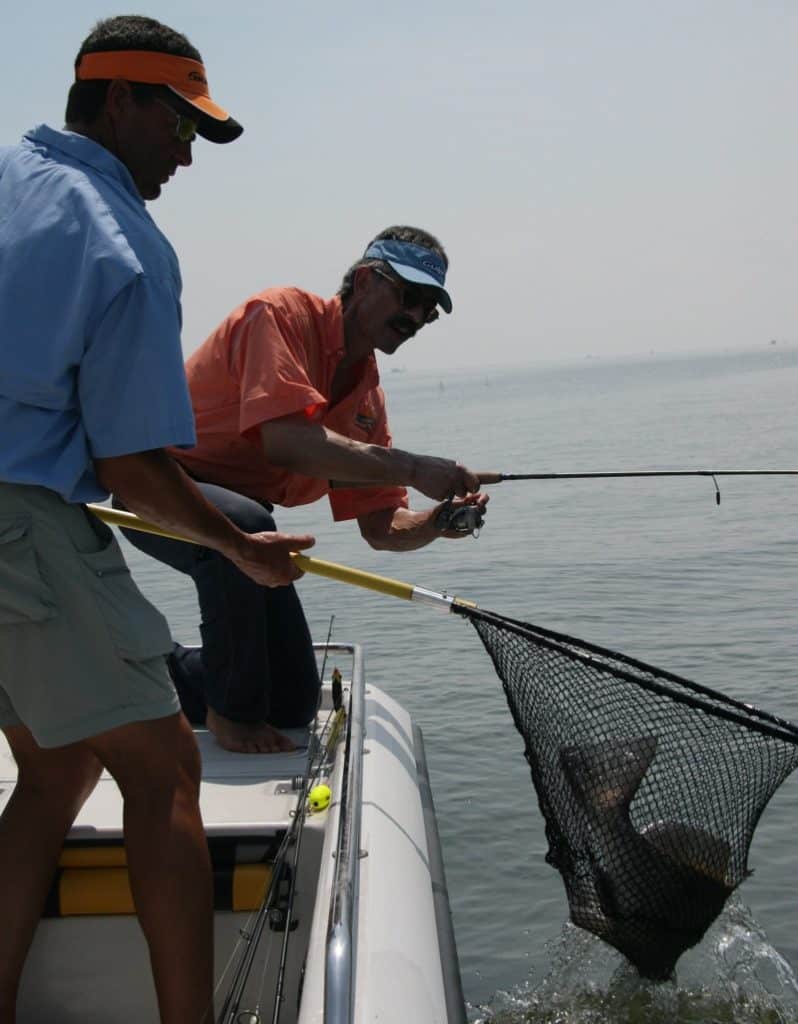Spend the Money!
“Cheap spinning reels just don’t hold up in a saltwater environment,” says Eric Bachnik, CEO of MirrOlure. If you’re anything more than a casual angler, you’ll need to cough up some dollars — not necessarily top of the line, but at least in a mid-range price.
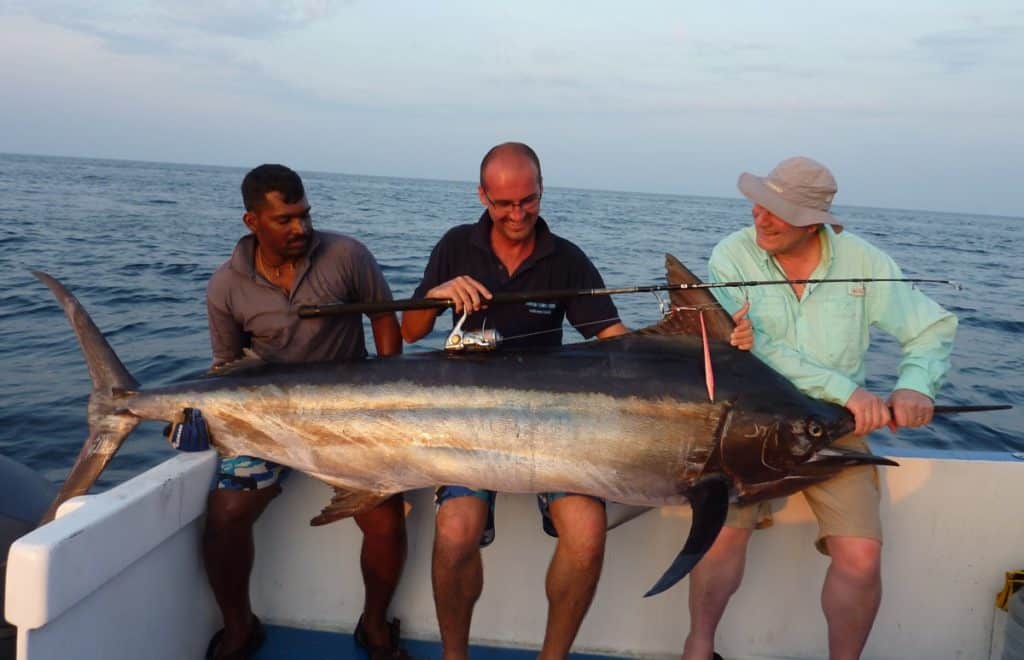
Is It Braid Friendly?
Says Capt. Richie Gaines, longtime guide in Chesapeake Bay waters: Unless you’ll only fish mono, a reel should be “braid friendly” in all respects. “Not all reel spools handle braid well and some perform poorly with braid. Bail rollers on some reels have slight gaps on the ends into which thinner braid can slide and bind.” Besides reading manufacturer’s literature and specs on a given reel, Gaines suggests researching specific reels on blogs and message boards.
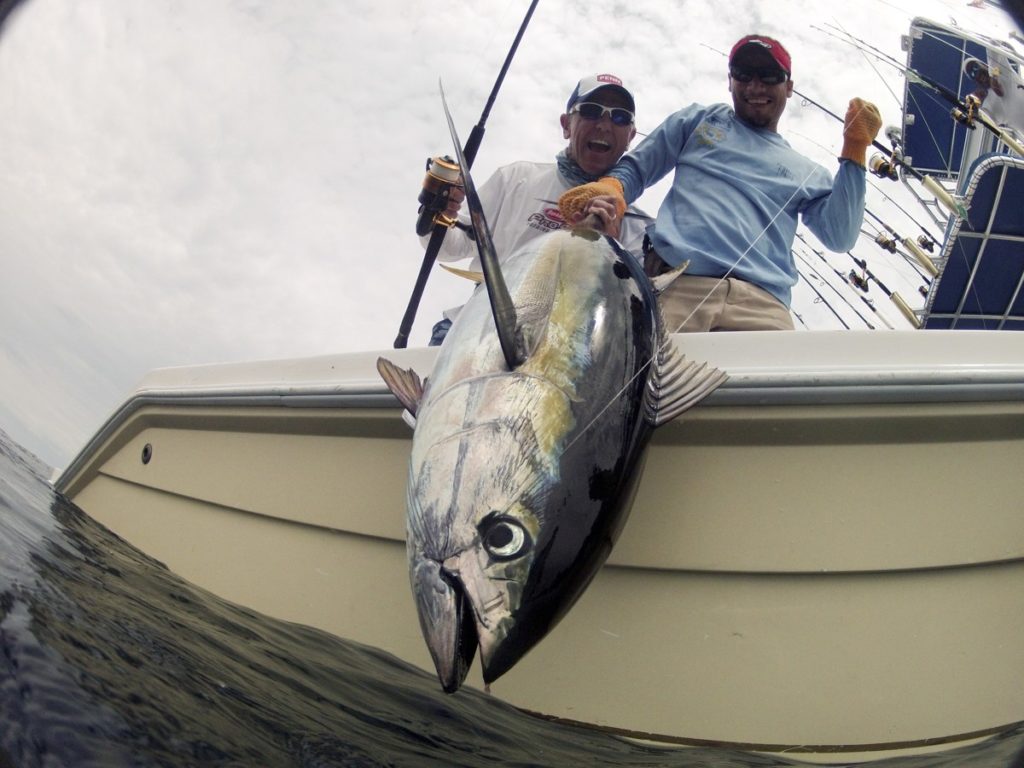
Think “Capacity”
Check stated line capacity to be sure a reel you like will hold enough line of the type and size you’re likely to use, says Jim Hendricks. “This is particularly critical with narrow, long-cast spools. I have actually run out of line (braid, no less) while fishing light tackle on deeper spots.” (Hendricks is Sport Fishing‘s Pacific Coast editor and a lifelong ardent angler.)
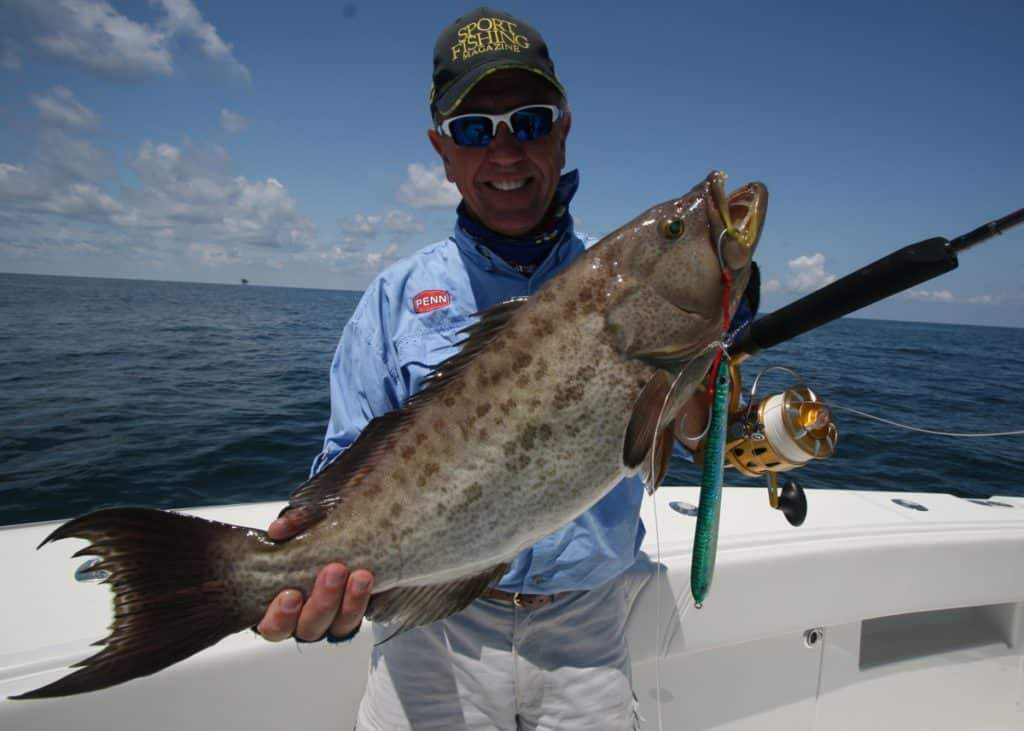
Keep it Light for Inshore
“We’re casting all day long” for redfish, trout, tripletail and flounder,” says Capt. Sonny Schindler, a top northern Gulf guide. “You don’t want a heavy spinning reel: Even a couple of ounces at the end of the day can make a world of difference on your wrists, elbows and shoulders.”
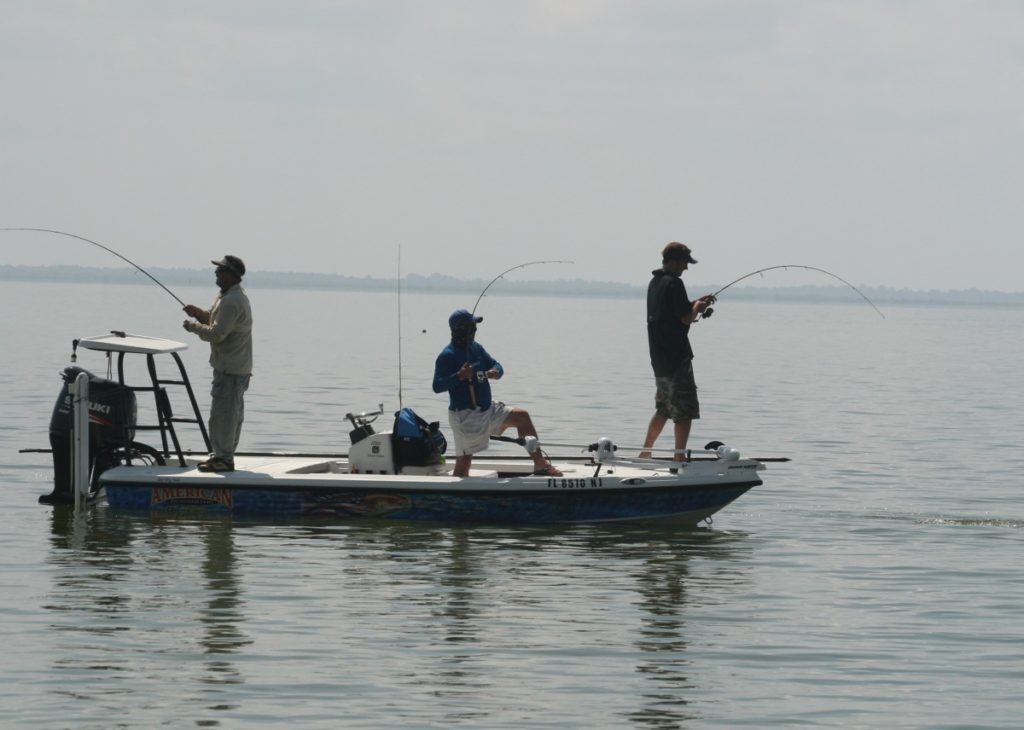
Keep it Light for Offshore
“I throw giant poppers a lot for cubera snapper and huge roosterfish, here. It can get really tiring if the reel is very heavy; a lighter reel will allow you to fish longer and put less stress on your arms,” says Albert Battoo who oversees the fishing at Tropic Star Lodge.
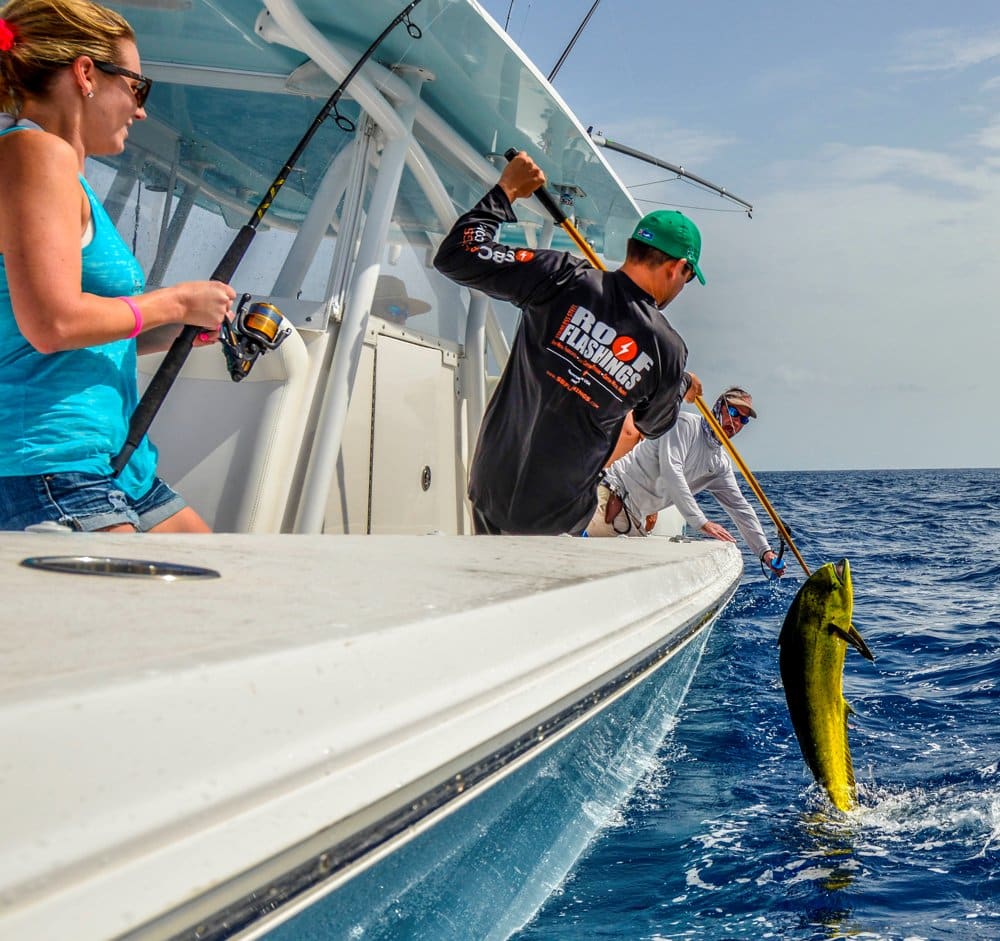
How Much Drag Do You Need?
“Don’t get hung up on max drag! The average angler can hang onto a rod with 20 pounds of drag pressure for only a few minutes. Kind of like doing a pullup and hanging there,” says the ever-thoughtful Capt. Richie Gaines. “Buying a reel that can handle 50 pounds of drag pressure doesn’t do you any good unless you are Superman. Most adults can handle 15 to 17 pounds without being uncomfortable, and this is plenty of drag for all but the largest beasts in the sea. Any more than that and it ain’t fun!”
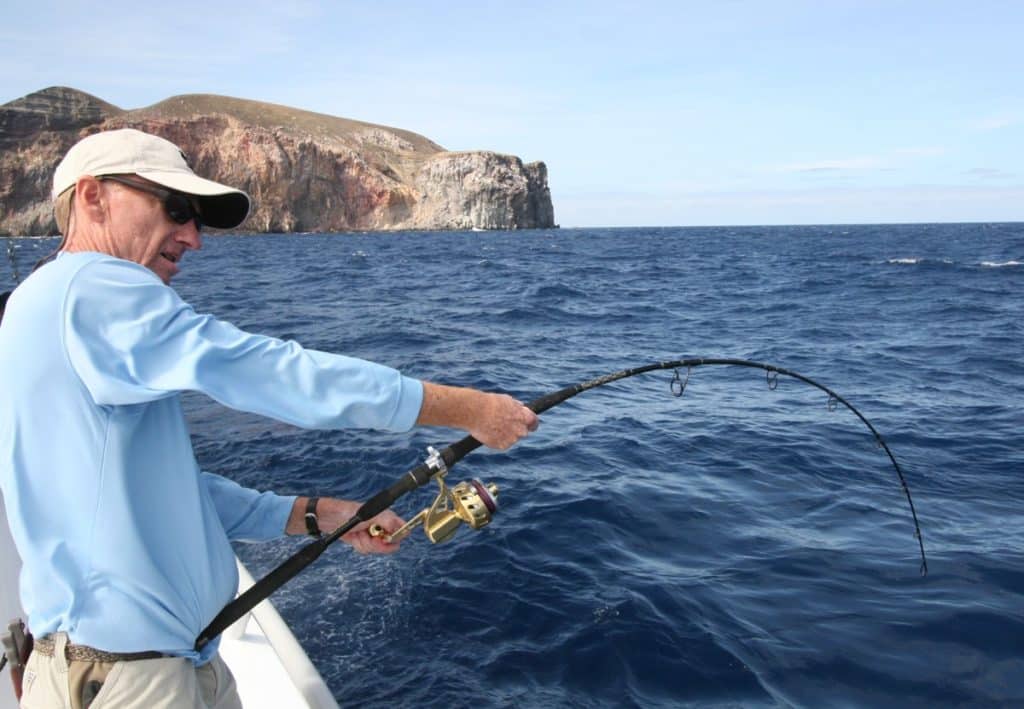
Components Matter
“Find out about the internal parts of a reel you’re interested in. How many bearings? What material are the gears?” and so on, says Hobie‘s Morgan Promnitz.
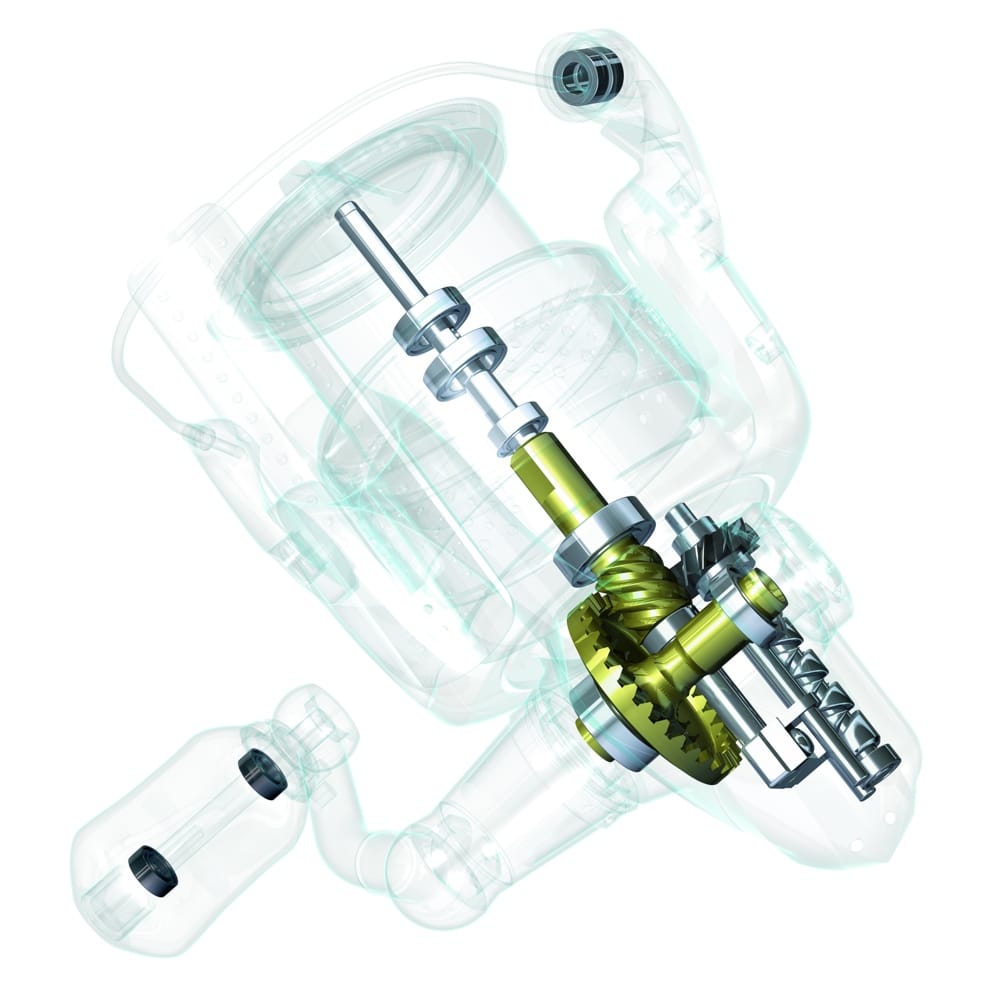
Buy for the Long Term
As a kayak angler, David Hadden’s reels tend to get “marinated by salt water. I tried buying less expensive reels, knowing they would be sacrified after a season or two, but found that in doing so, I was sacrificing necessary drag performance.” And high-quality reels can last a very long time if cared for. (Hadden is brand director for Johnson Outdoors Watercraft and fishes lots of spinning gear around the country.)
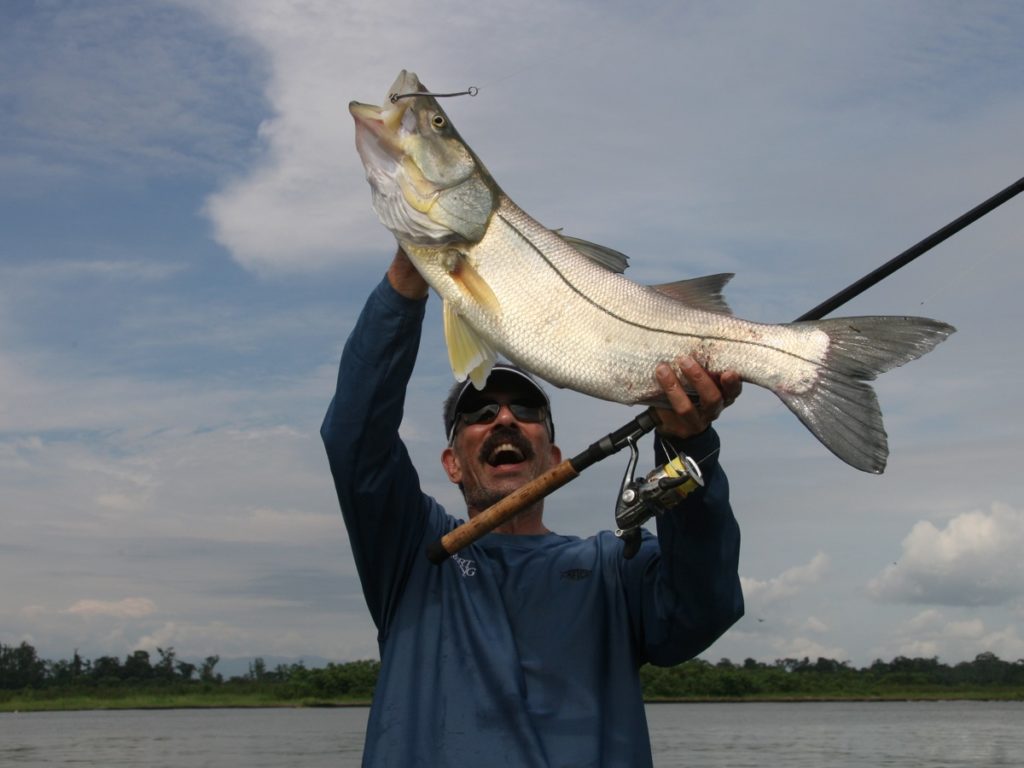
Compare Knob Rivets on the Handle
Look at and compare the size of rivets on the inside of spinning reel knobs. Capt. Dave Kostyo points out that lighter/thinner rivets can loosen over time and then often break under pressure. Beefier is better.
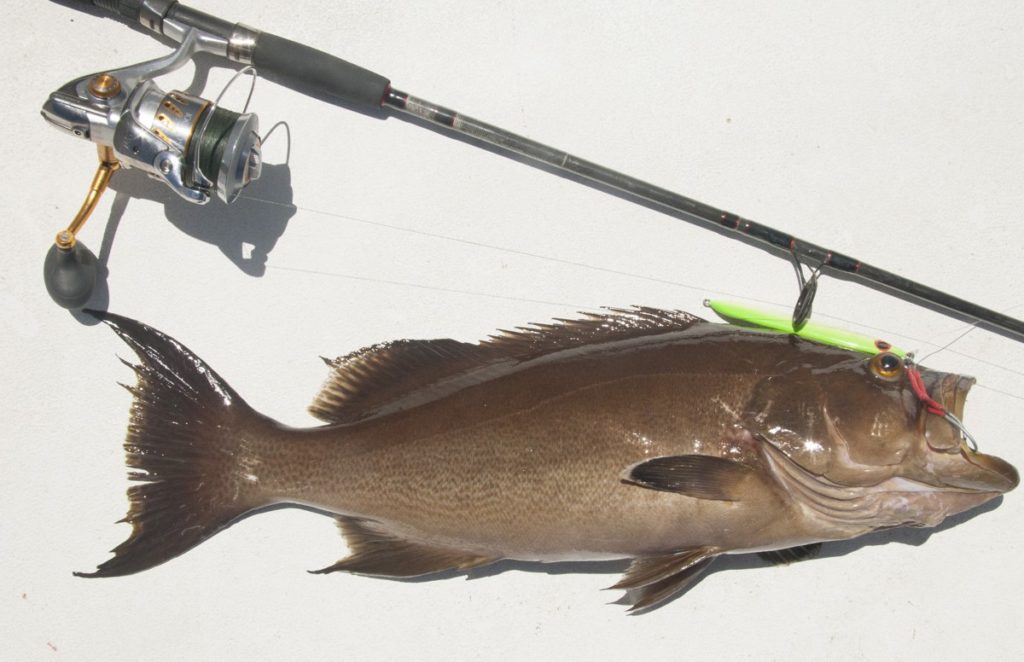
Is the Spool Made for Braid?
Another tip from Capt. Dave Kostyo: “Superline-ready spools have a rubber-like material [around the arbor] that grips braid, whereas it will spin around bare aluminum.” Also, spools with fill rings offer a good indicator when you need to think about re-spooling (or where you stand when a big fish makes a sustained run!)
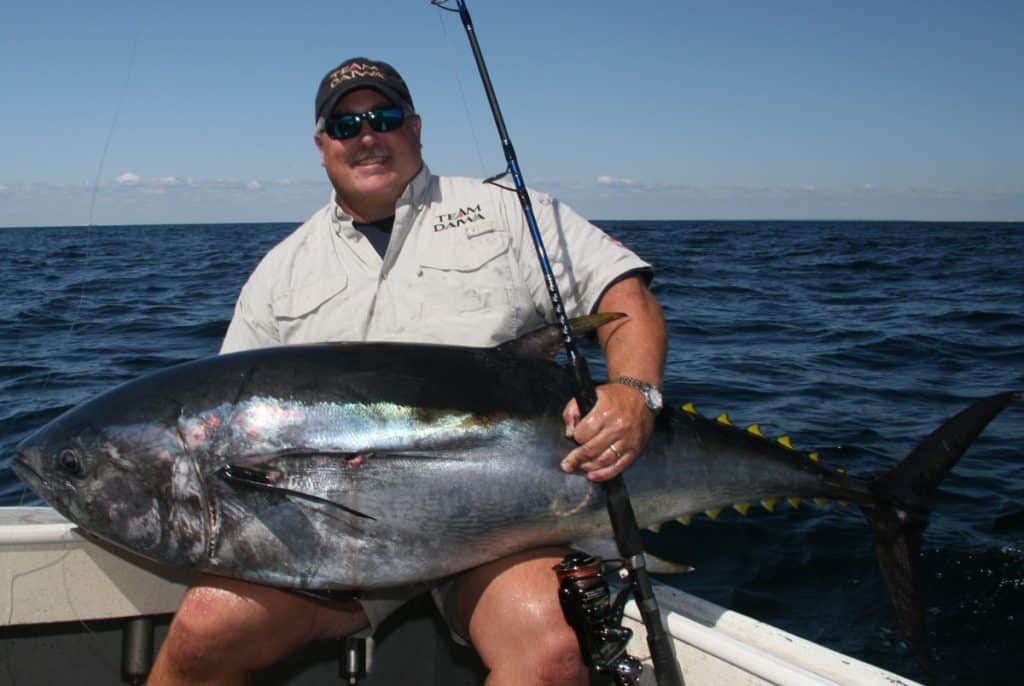
Consider Corrosion Protection
“Is the fishing reel protected from corrosion?” asks Chris Russell with Shimano. “Some reels are sealed much better than others. Some offer protective coatings, some have internal gaskets, some have sealed bearing and some don’t have anything.” Whatever features a reel has should be stated clearly in its information/specs.
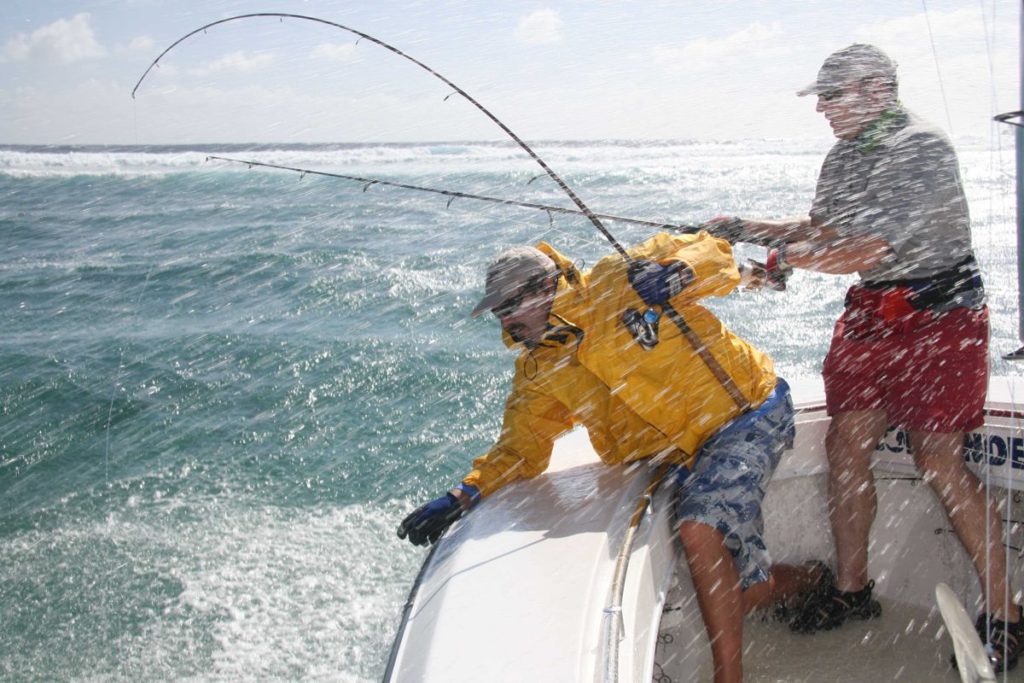
Can You Throw Peanuts to Elephants?
“Light artificial lures and soft plastics have opened up a whole new world of inshore saltwater fishing opportunities,” says Capt. Gary Dubiel. The same may hold true offshore as well, where big tuna may be after small fish. Strong, high-quality, light-weight reels are not only easier to use but will perform better, particularly on occasions when throwing small, light lures or unweighted small live baits is called for.
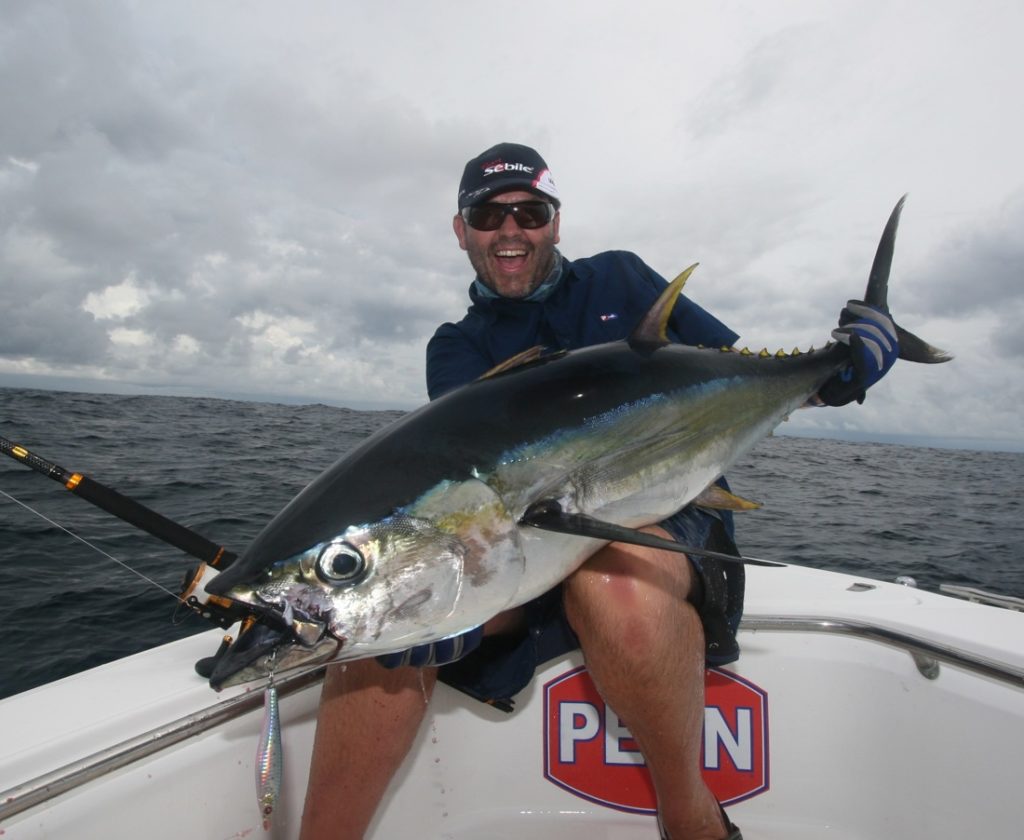
Workhorse Reels May Serve You Best
Just about every major reel manufacturer has a line or two of reels which are not at the low end in price but are also far from wallet busters. They get a reputation — particularly among guides and charter skippers — as reels that take a licking and keep on ticking. Capt. Mark Bennett suggests checking with guides; for example, he has some spinners still going strong that he’s been using for 20 years.
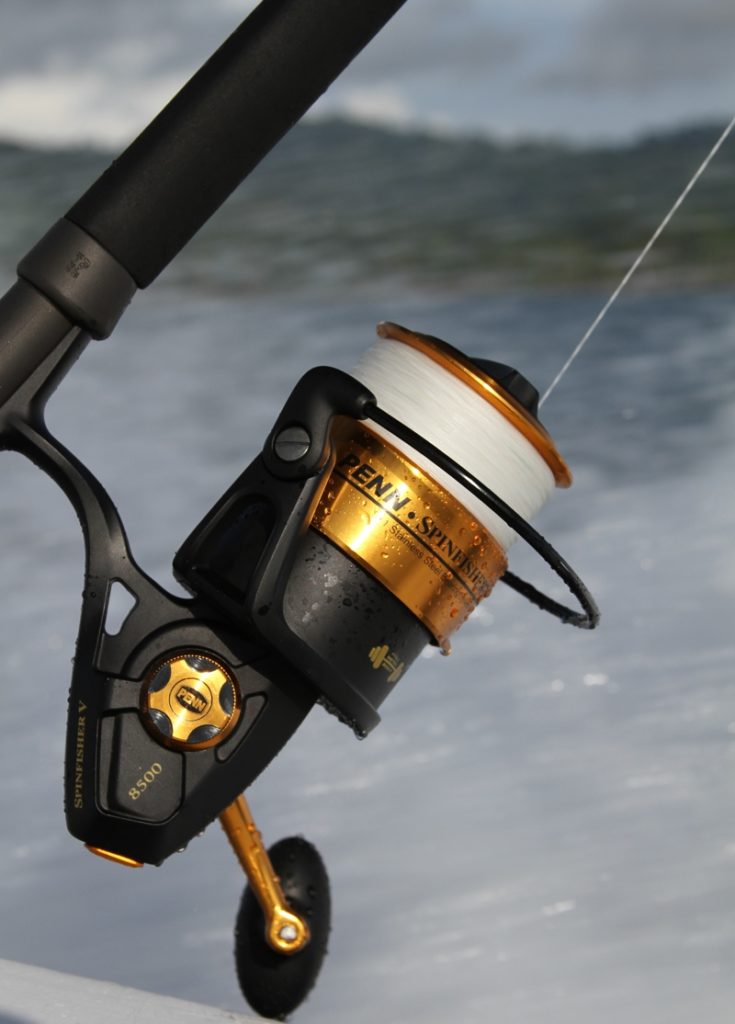
Take it For a Spin
Before you spool up and go fishing with a reel, make sure you “try it on.” You can’t, of course, take it for a test ride on the water, but you can still go through the motions. “All of the rings and bells possible won’t matter if the reel does not feel right in your hand,” says Dale Barnes. “Make sure you take this comfort fit-and-feel factor into consideration when shopping for a reel and not waiting until you’re hooked up with a trophy to realize you made the wrong choice. No one would consider heading out to sea in a boat powered by an unreliable motor, and the same logic should apply to a spinning reel as well.” (Barnes is marketing manager for Yamaha outboards.)
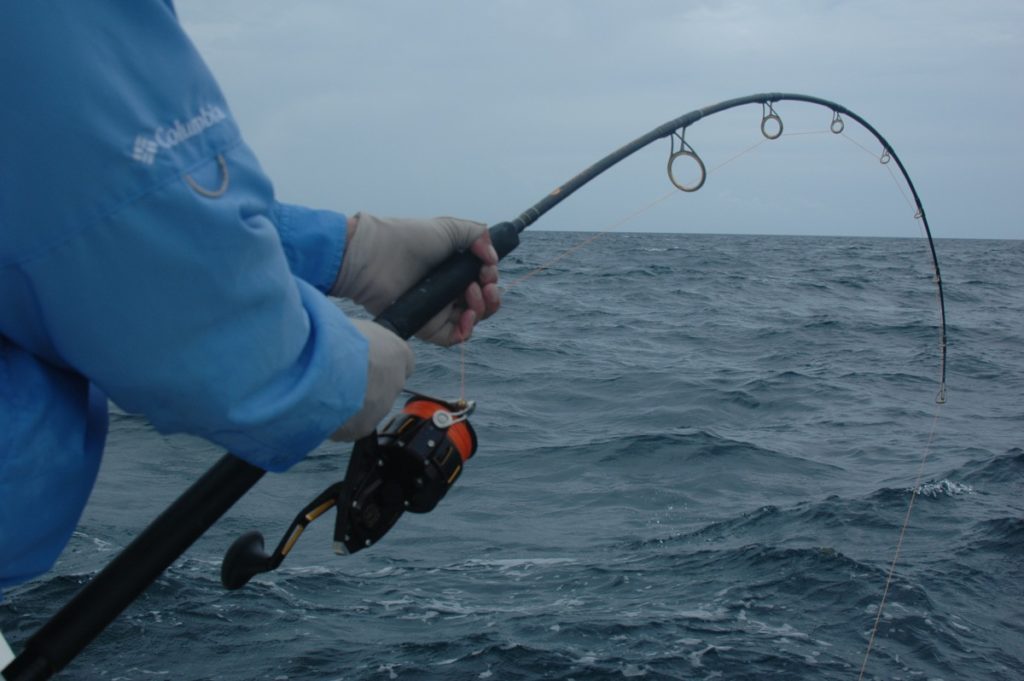
Handle the Handle
Albert Battoo, who oversees fishing at Tropic Star Lodge, says too many manufacturers fail to take handle design into account on some models. “Ergonomics are so important; the reel needs to feel comfortable in your hands — so you’re fighting the fish, not the tackle.” (Capt. Sonny Schindler echoes that, noting that larger spinning-reel handles let you grip and go even when — as is often the case — your hand and/or the handle may be coated with fish slime.)
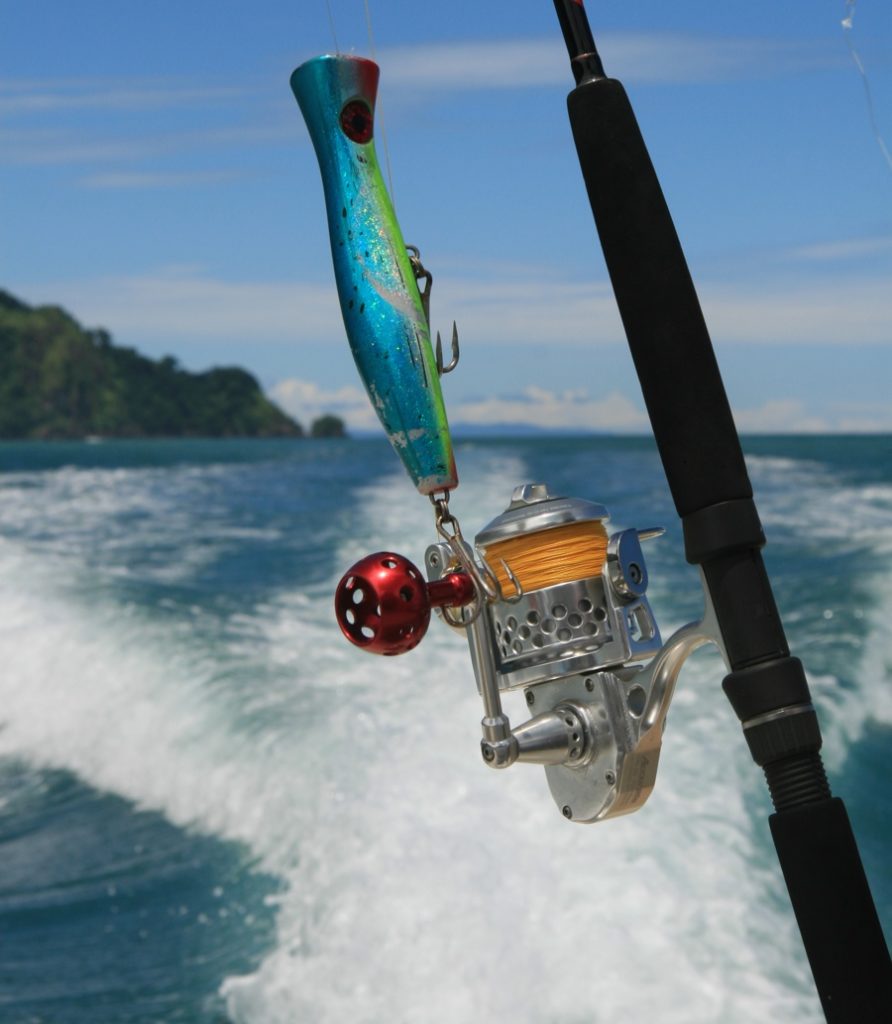
Consider Spool Configuration
Spool configuration can affect both capacity and castability. Capt. Tony Murphy of Key West says he’s found that deeper spools (i.e.,, a greater distance from spool lip to arbor) cast great but still offer enough line to let him fish at considerable depths.
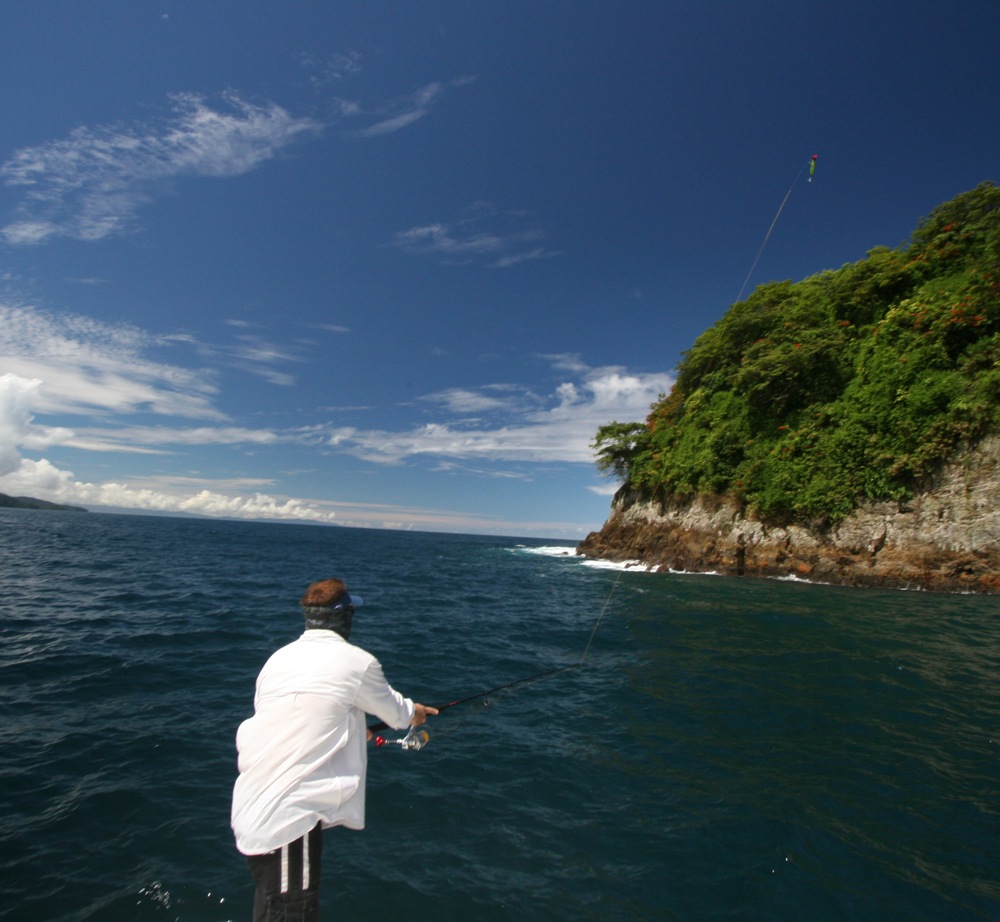
Re-Think Ball-Bearing Bail Line Rollers
Although it’s an unconventional view and one with which many guides might disagree, Capt. Mark Bennett, who specializes in southwest Florida tarpon, says that though most spinners these days have ball bearings in bail line rollers, you’ll be better off with those that don’t. Born of long experience, he says: “The ball bearings are the first place to get salt in them, make noise and then freeze up! I’m constantly replacing them during the season.”
